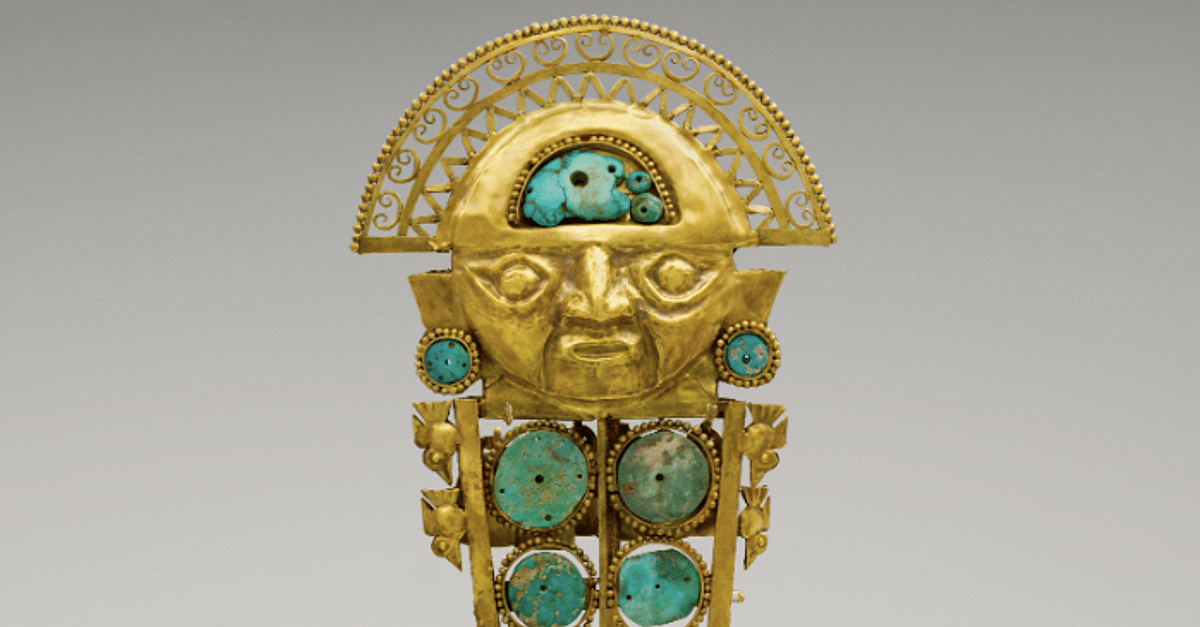ARC
Gold Member
- Aug 19, 2014
- 37,644
- 134,375
- Detector(s) used
- JW 8X-ML X2-VP 585
- Primary Interest:
- All Treasure Hunting
You may enjoy ...Very interesting.
How much gold was shipped?
What were the paths of the shipping over land?
Where was the gold laden on coastal ships and boats?
What were the routes of the ships?
We know that most of the gold was shipped in the form of coins, bars and jewelry.
gold dust is very difficult to find on a shipwreck.

The Gold of the Conquistadors
The staggering quantity of gold the conquistadors extracted from the Americas allowed Spain to become the richest country in the world. The thirst for gold to pay for armies and gain personal enrichment...








